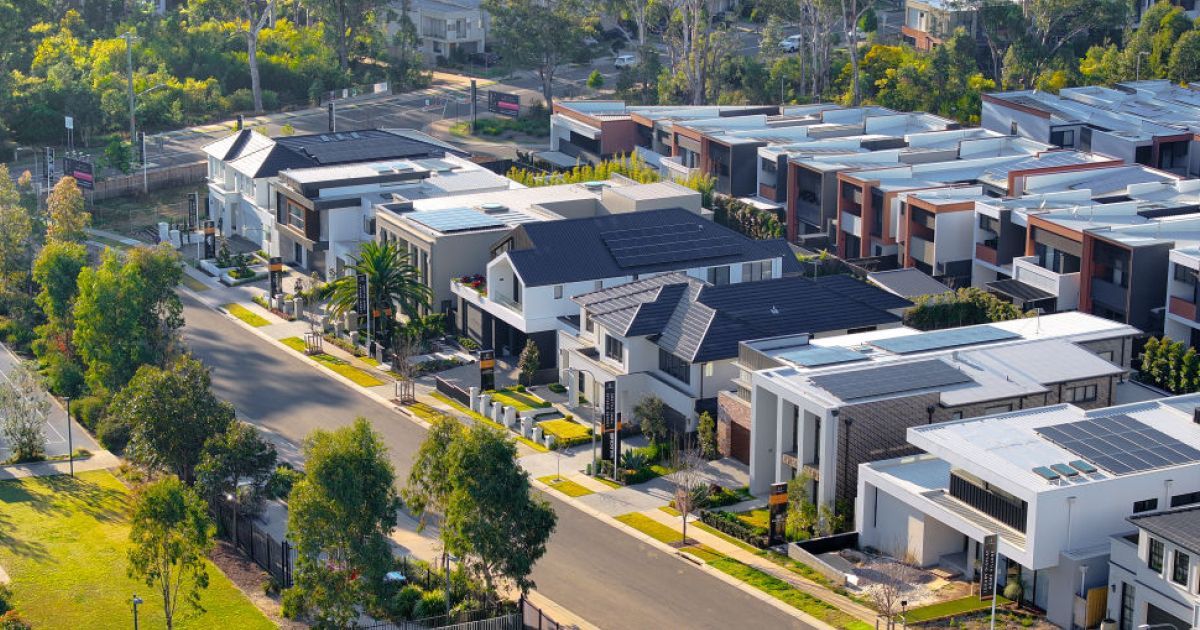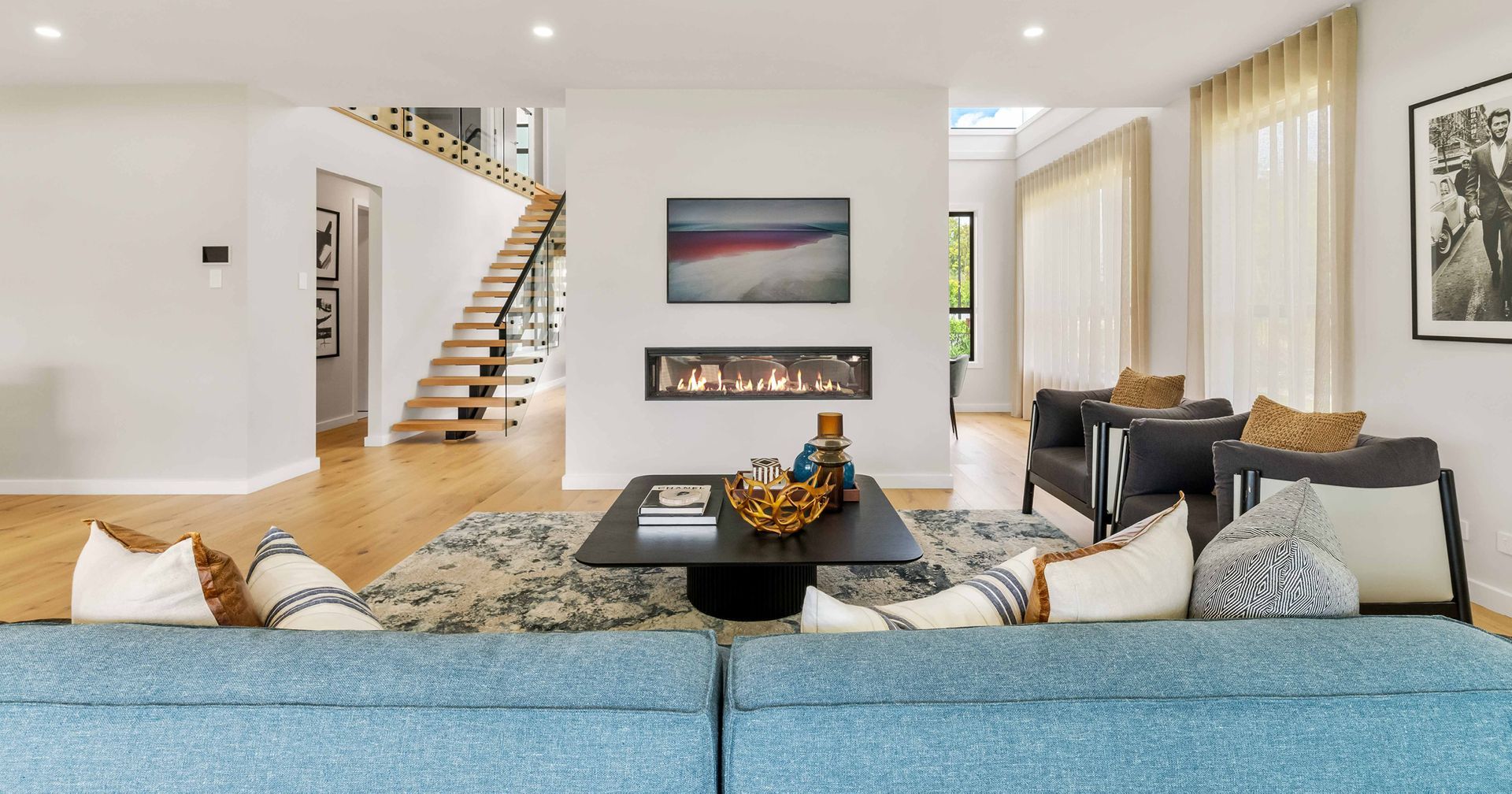Garden Design for Your New Home: Landscaping Tips
Transform your outdoor space into a retreat that oozes style and purpose. Dive into tips that elevate your new home’s garden, making it as functional as it is fabulous!
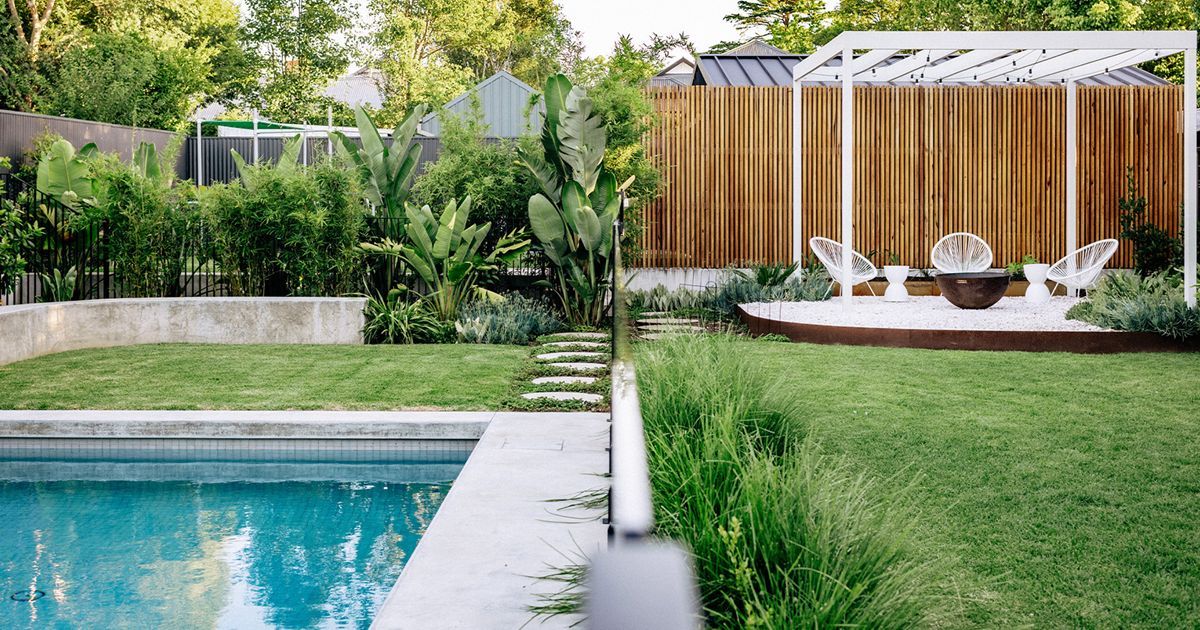
Introduction
Picture this: you step out of your new home and are greeted by a garden that feels like it’s straight out of a magazine—lush greenery, vibrant flowers, and a perfectly manicured path that practically whispers, "Welcome home."
Sounds dreamy, right? Well, that dream can be your reality with the right garden design!
Garden design isn't just about making your yard look pretty (though that's a nice bonus). It’s about creating a space that reflects your personality, complements your home, and adds real value to your property.
Think of it as giving your home the ultimate curb appeal makeover—one that not only catches the eyes of your neighbours but also has potential buyers falling head over heels.
Plus, it’s a sneaky way to do some good for the planet.
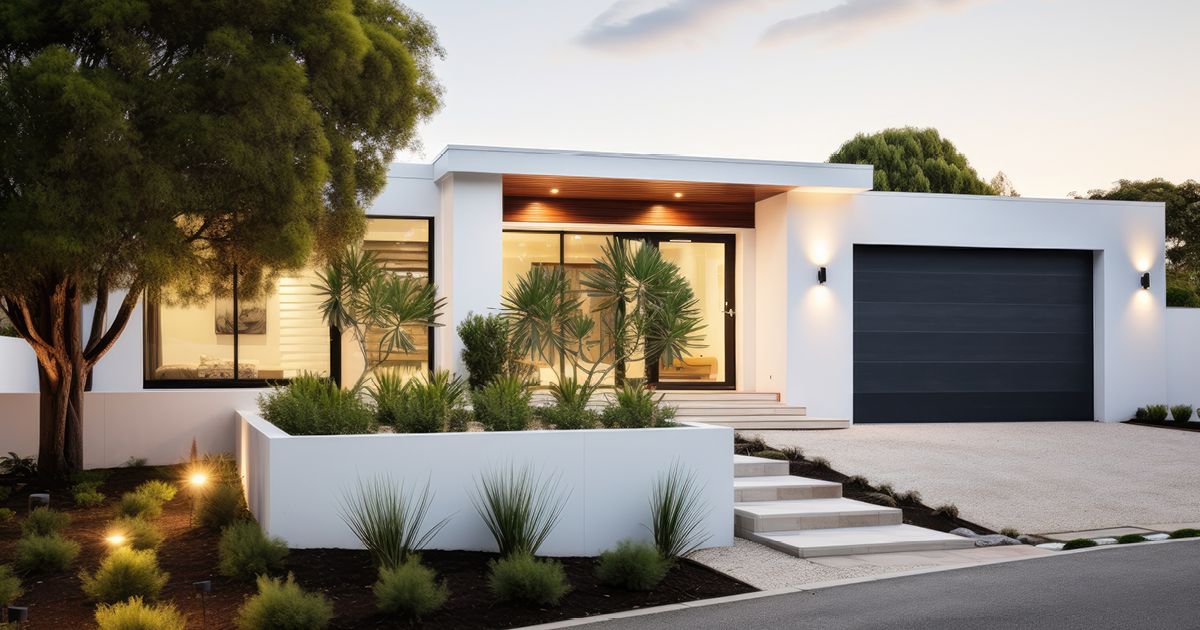
Whether you’re all about that lush, green retreat or prefer something low-maintenance, your garden is your canvas. And the best part? It’s an investment that pays off in more ways than one.
So, why not turn your patch of earth into the ultimate outdoor paradise?
Understanding Your Space
Before you dive into planting those roses or laying down that perfect lawn, it’s crucial to get to know your space.
Understanding the size, soil type, climate, and existing vegetation of your outdoor area is the secret sauce to creating a garden that not only looks good but thrives year-round.
A site survey is your best friend here. It’s like a cheat sheet that tells you exactly what your garden needs to shine.
By assessing your space, you’ll be able to plan effectively, ensuring every nook and cranny is put to good use.
From figuring out where the sunniest spots are to identifying areas with tricky soil, knowing the lay of the land sets the stage for a garden that’s both stunning and sensible.
Site Evaluation
The first step is to roll up your sleeves and get down to some good old-fashioned soil health and sun exposure analysis.
A quick soil test can reveal whether your garden’s foundation is sandy, clay-heavy, or perfectly loamy—each needing a different touch of tender loving care.
Sun exposure is another game-changer; mapping out where the sun hits hardest will help you decide which plants will thrive where. It’s all about putting the right plants in the right places, so they can bask in the light or chill in the shade, depending on their needs.
Design According to Climate
Let’s be real: there’s no point planting a tropical paradise if your climate’s more 'Aussie dry spell' than 'Bali bliss.'
Tailoring your garden design to the local climate isn’t just smart—it’s essential.

Choose plants and features that laugh in the face of local weather quirks, be it drought-resistant shrubs for those scorching summers or frost-hardy flowers for chillier climes.
The goal is to create a garden that thrives with minimal fuss, making the most of what Mother Nature throws your way.
Design Principles in Garden Landscaping
Creating a garden that wows is all about nailing the design principles. Just like decorating a room or putting together an outfit, your garden needs the right mix of elements to look and feel balanced and cohesive.
By applying basic design principles like balance, contrast, and unity, you can transform any outdoor space into a visual delight that not only looks stunning but also feels inviting and harmonious.
Whether you’re drawn to the clean lines of a symmetrical layout or prefer the quirky charm of an asymmetrical design, these principles help guide your garden to its full potential.
It’s all about playing with different elements—plants, colours, textures, and even hardscapes like paths and walls—to craft a garden that flows beautifully and keeps things interesting year-round.
Balance and Symmetry
Balance in garden design isn’t just about having matching flower beds on either side.
It’s about distributing visual weight in a way that feels pleasing to the eye.
Symmetrical designs, where elements are mirrored on either side of a central line, offer a formal, classic look that’s neat and orderly.
On the flip side, asymmetrical layouts bring a relaxed, natural vibe, perfect for those who like a bit of whimsy in their green spaces.
Both styles can enhance visual appeal—it's all about finding what suits your space and style best.
Colour and Texture
Let’s talk about bringing your garden to life with colour and texture—because who doesn’t love a pop of colour or a bit of tactile intrigue?
Strategically choosing plants that bloom in different seasons can keep your garden looking fresh and vibrant all year long.
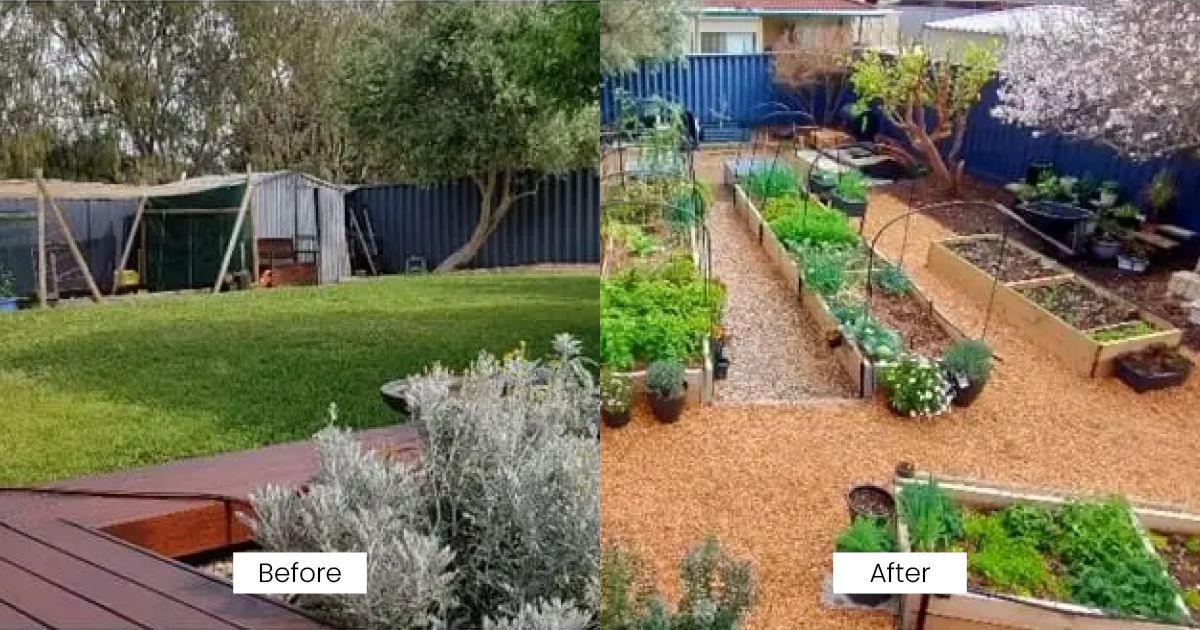
Mix in different textures—like the soft fronds of ferns against the spiky silhouette of succulents—to add depth and interest.
The key is to create contrast without chaos, blending bold hues with softer tones and pairing glossy leaves with feathery blooms for a look that’s dynamic but still harmonious.
Choosing the Right Plants
Choosing plants that suit your garden’s environment not only enhances its beauty but also ensures that it thrives with minimal fuss.
For those aiming for a garden that’s as sustainable as it is stunning, focusing on native species is the way to go.
Native plants are the unsung heroes of garden design: they’re well-adapted to local conditions, require less water, and invite friendly pollinators like bees and butterflies, adding a lively buzz to your space.
But if you’ve got your heart set on a few exotic beauties, don’t worry—you can still incorporate non-native plants thoughtfully without disrupting the natural harmony.
It’s all about balance, ensuring that your garden remains a low-maintenance sanctuary that respects and enhances the local ecosystem.
Native Plants
When it comes to Australian garden design, native plants are your best mates.
Not only do they celebrate the unique beauty of the Aussie landscape, but they also make your gardening life a whole lot easier.
Think of hardy favourites like Kangaroo Paw, with its striking, colourful flowers that can handle the heat, or the drought-resistant Bottlebrush, which brings vibrant reds and pinks to your garden while thriving in various soil types.
Native plants are naturally geared to handle Australia’s unpredictable weather—from scorching summers to rainy winters—making them the ultimate choice for a garden that’s resilient and sustainable.
Native plants also play a crucial role in supporting local wildlife, providing food and shelter to native birds and insects.
Plus, because they’re already suited to the local climate, they require less watering and fewer fertilisers, which is a win for both your wallet and the environment.
Non-native Alternatives
While native plants are a fantastic choice, there’s room for a little variety with non-native species too.
The key is to choose non-invasive plants that won’t compete with the local flora.
Think about incorporating plants that can coexist peacefully with natives, like Lavender or Rosemary, which not only add delightful scents but also attract pollinators without taking over.
Just remember to check that these non-native additions are suitable for your climate and won’t disrupt the delicate balance of your garden.
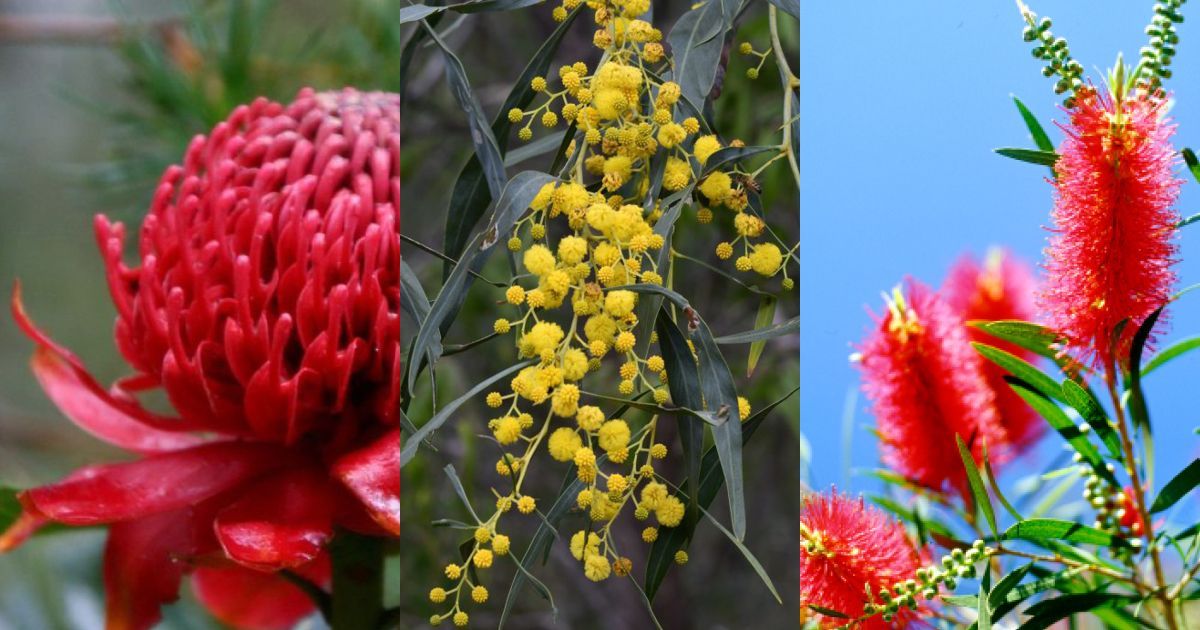
It’s all about mixing it up without causing chaos—by carefully selecting non-native plants that complement rather than compete, you can enjoy a diverse and vibrant garden that feels uniquely yours.
Practical Landscaping Tips
Creating a beautiful garden isn’t just about picking the right plants; it’s also about giving them the best start and keeping them thriving season after season.
From prepping the soil to managing water use like a pro, these practical tips will guide you through the nitty-gritty of starting and maintaining a garden that’s as easy on the eyes as it is on your to-do list.
Soil Preparation
The secret to a thriving garden starts underground. Proper soil preparation is the foundation of any successful landscaping project.
Begin by clearing the area of weeds, rocks, and debris, giving your plants a clean slate to grow.
Next, test your soil’s pH to ensure its suitable for the plants you’ve chosen.
Most plants prefer a slightly acidic to neutral pH, but some, like Australian natives, are adapted to more acidic conditions.
Once you’ve got your soil sorted, it’s time to enrich it.
Mixing in organic matter like compost or well-rotted manure can work wonders, improving soil structure, boosting nutrient levels, and enhancing water retention.
If your soil’s a bit sandy, adding organic material will help it hold onto moisture.
For clay-heavy soils, compost can improve drainage and make it easier for roots to spread.
The goal is to create a loose, fertile bed that encourages roots to grow deep and strong, setting your garden up for success from the get-go.
Water Management
Water is life for your garden, but in Australia’s often harsh climate, efficient water management is key.
Setting up an effective irrigation system can save you time, money, and, most importantly, precious water.
Drip irrigation and soaker hoses are excellent choices—they deliver water directly to the root zone, reducing evaporation and runoff.
Plus, they’re gentle on plants, keeping foliage dry and reducing the risk of fungal diseases.
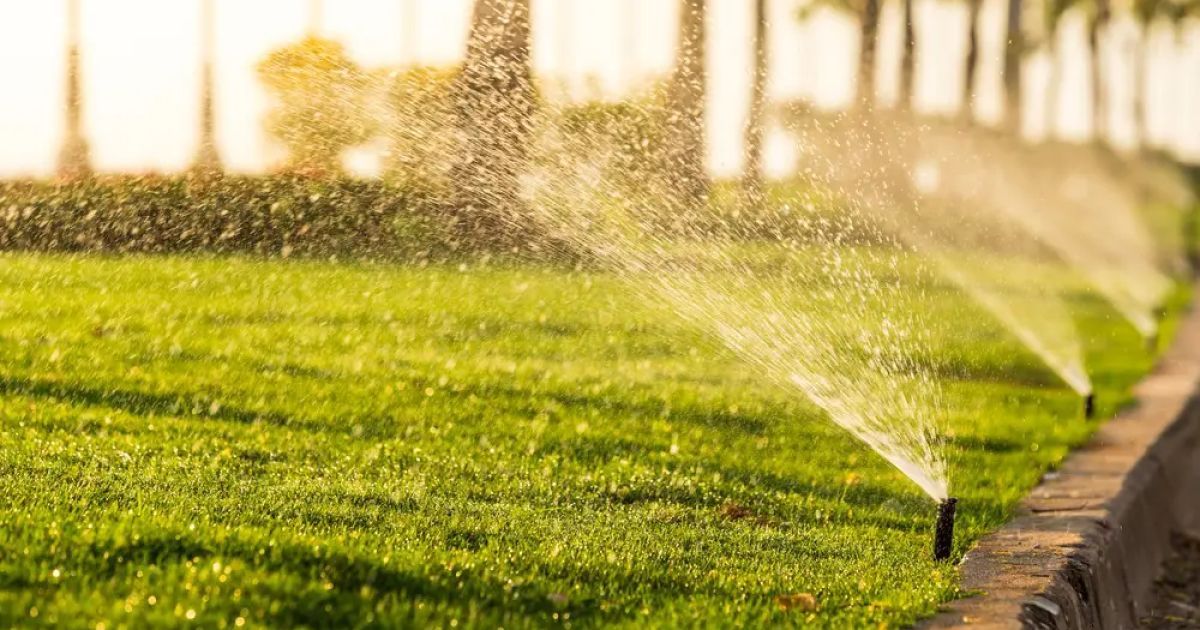
Conserving water isn’t just about how you water but also when.
Watering in the early morning or late evening helps minimise evaporation, ensuring more water reaches the roots where it’s needed most.
Adding mulch around your plants is another smart move; it keeps the soil cool, reduces evaporation, and helps suppress weeds.
By combining efficient irrigation with mindful watering practices, you can keep your garden lush and green while doing your bit for the environment.
Incorporating Outdoor Living Spaces
Your garden isn’t just for admiring from afar—it’s meant to be enjoyed!
Incorporating outdoor living spaces like patios, paths, and seating areas can turn your garden into an extension of your home, offering a perfect spot for relaxation, entertaining, or just soaking up a bit of nature.
With the right design, your garden becomes a multi-functional haven that’s as inviting as it is beautiful.
Whether it’s a cosy nook for your morning coffee or a full-fledged alfresco dining area, integrating these functional spaces allows you to make the most of your garden year-round.
Let’s dive into how you can create outdoor living spaces that blend seamlessly with your landscape, adding both style and usability.
Designing for Functionality
First things first: think about how you want to use your outdoor space.
Is it a lively spot for family barbecues, a tranquil retreat for reading, or maybe a play area for the kids?
Planning for functionality means considering foot traffic, seating arrangements, and how each area will flow into the next.
Start by mapping out paths to guide movement around your garden, using materials that complement your overall design, like stone, gravel, or even wood chips.
When planning seating or dining areas, it’s all about placement.
Position these spaces to take advantage of natural shade from trees or structures like pergolas.
Consider sightlines, too—set up your seating to capture the best garden views or to create a sense of privacy.
And remember, your garden isn’t flat, so play with different levels or zones to add depth and interest, turning every corner into a delightful discovery.
Furniture and Features
Choosing the right outdoor furniture is like picking the perfect outfit for a party—it needs to be both stylish and practical.
Opt for pieces that can withstand the elements while still looking great, like weather-resistant wicker, treated wood, or metal with rust-resistant finishes.
For a pop of comfort, add cushions and throws in weatherproof fabrics that can handle sun, wind, and the occasional downpour.
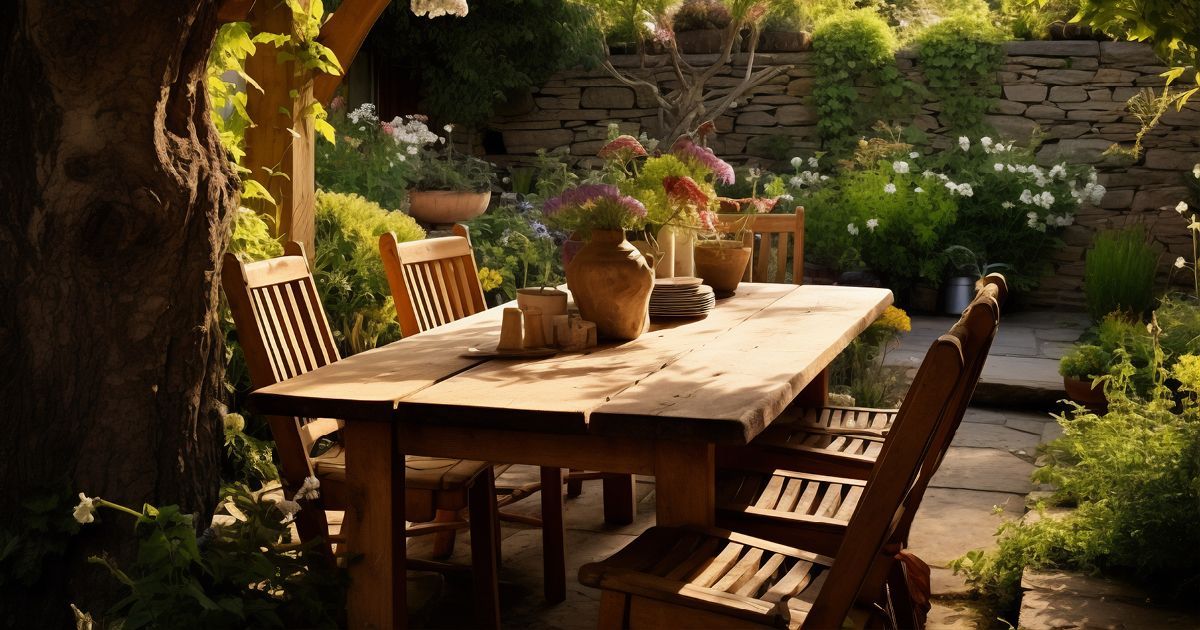
Don’t forget the extras that can elevate your outdoor space from functional to fabulous.
Think outdoor rugs to define seating areas, string lights for a magical evening glow, or a fire pit for cosy nights under the stars.
Even features like built-in benches or garden sculptures can add character and charm, making your garden not just a place to sit, but a space to truly live in.
Sustainable Practices in Garden Design
Creating a beautiful garden is one thing but making it sustainable takes your outdoor space to the next level.
By incorporating eco-friendly practices, you can reduce your garden’s environmental impact while keeping it lush and vibrant.
From composting kitchen scraps to harvesting rainwater, sustainable gardening is all about working with nature, not against it.
Plus, it’s a great way to give back to the environment and make your garden a haven for local wildlife.
With a few simple tweaks and mindful choices, your garden can be both a personal retreat and a positive contribution to the planet.
Let’s explore some sustainable practices that can help you create an eco-friendly garden that looks good and does good.
Eco-friendly Materials
When planning your garden, consider the materials you use—it’s all about choosing options that are both durable and kind to the environment.
Recycled or reclaimed materials, like repurposed timber or brick, not only reduce waste but also add a unique, rustic charm to your space.
For pathways or borders, opt for natural materials like stone, gravel, or sustainably sourced wood.
Another key to sustainable garden design is choosing materials that will stand the test of time, reducing the need for frequent replacements.
Look for locally sourced options to cut down on transportation emissions, and when it comes to furniture or decor, select pieces made from recycled plastic, bamboo, or other renewable resources.
By making mindful choices in your materials, you’re setting the stage for a garden that’s built to last—and that treads lightly on the planet.
Wildlife Attraction
A sustainable garden isn’t just good for you—it’s great for the local wildlife, too.
By creating a welcoming environment for birds, bees, and other beneficial creatures, your garden becomes a vibrant, buzzing ecosystem.
Start by planting native species, which are naturally suited to the local climate and provide food and shelter for wildlife.
Consider adding flowering plants that attract pollinators, like bees and butterflies, or native grasses that offer cover for small animals.

Don’t forget to include water features, like a birdbath or a small pond, which can provide hydration for thirsty critters.
You can also install bird feeders or insect hotels to invite even more guests into your garden.
By supporting local wildlife, you’re not just enhancing your garden’s biodiversity—you’re also helping to maintain the natural balance of your local ecosystem.
Key Takeaways
Designing a garden isn’t just about sticking a few plants in the ground—it’s about crafting your own little slice of paradise right at home.
From figuring out your space and picking the perfect plants to adding cosy outdoor spots and embracing sustainable practices, each step is a chance to make your garden truly yours.
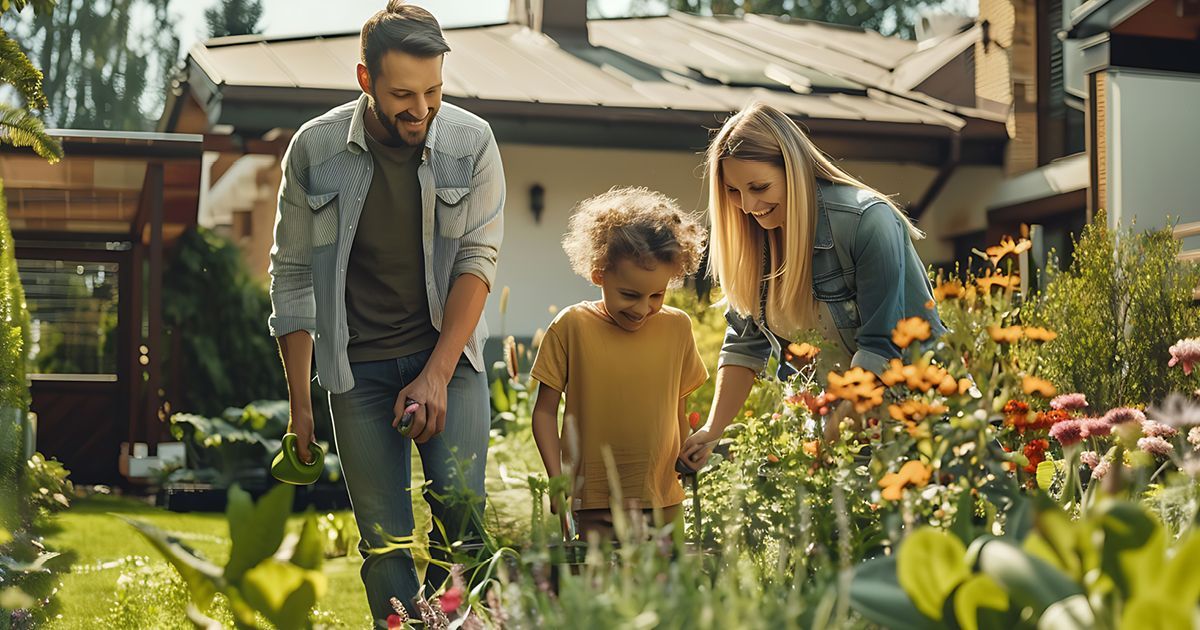
So, don’t think of garden design as just another chore on the to-do list. It’s a fun, rewarding adventure that adds value to your home and a dash of joy to your day.
Get your hands dirty, have a laugh along the way, and watch your efforts bloom into something special. After all, there’s nothing quite like stepping outside and knowing, “Yep, I made this.”
Ready to get started? Head over to Build Buddy World for more inspiration and tips on designing the perfect garden for your new home!


